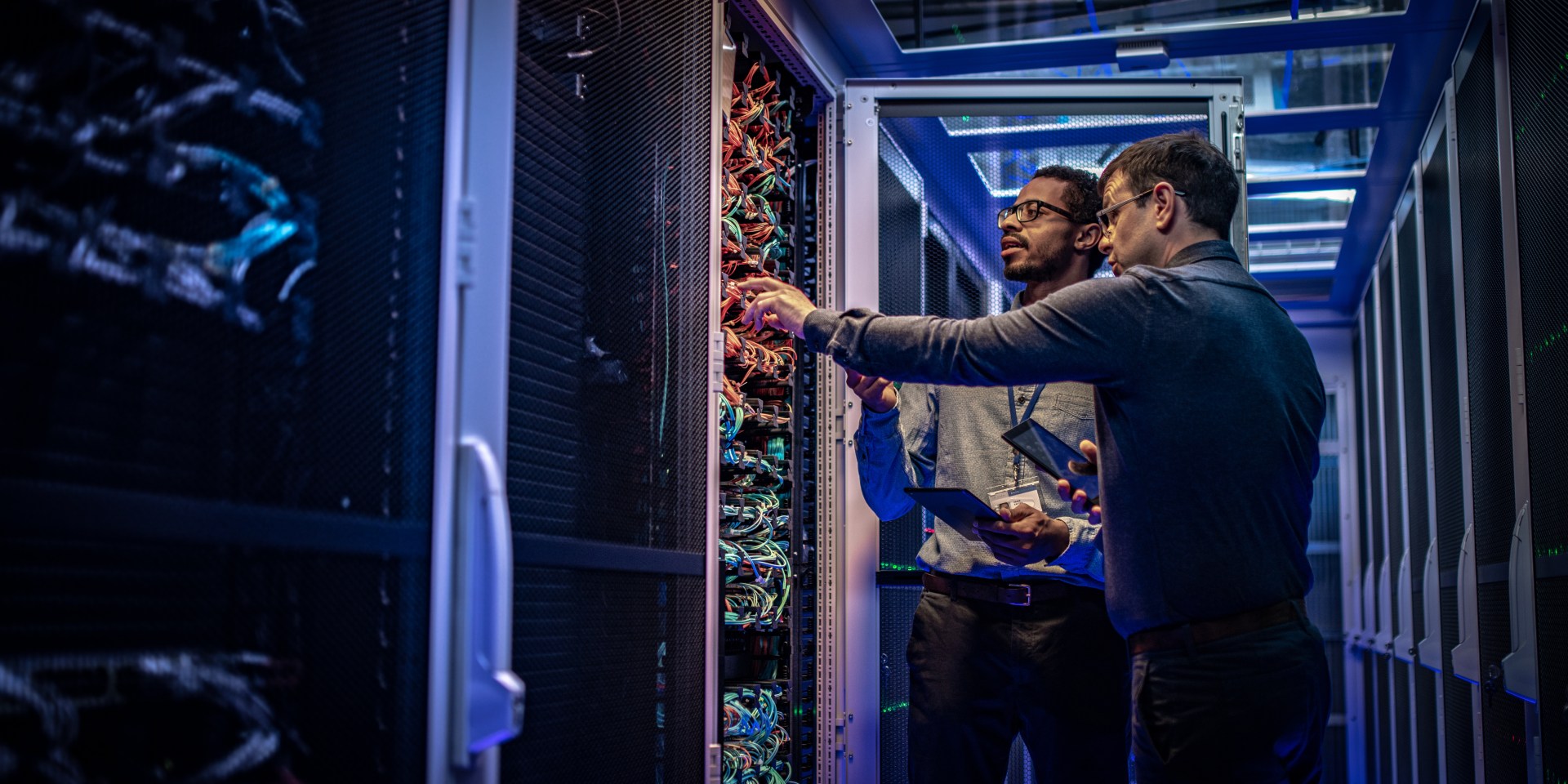A Cross Connect Access Point (CCAP) is a network device that serves as a hub for connecting multiple cable modems and other customer premises equipment (CPE) to a cable network. CCAPs are a critical component of modern cable networks, enabling cable operators to deliver high-speed internet, voice, and video services to customers.
Types of Cross Connect Access Points
There are two main types of Cross Connect Access Points (CCAP):
Integrated CCAP (I-CCAP): This type of CCAP combines the functions of a cable modem termination system (CMTS) and an edge QAM (EQAM) in a single device. The CMTS function enables communication with the customer’s cable modem. The EQAM function delivers video and other high-speed data services. I-CCAP devices are typically used in smaller headend facilities or to serve smaller customer groups.
Converged Interconnect Network (CIN) CCAP: This type of CCAP separates the functions of the CMTS and EQAM into different devices. The CMTS is located in the headend, while the EQAM is located closer to the customer premises. The two devices are connected via a converged interconnect network (CIN). This enables them to communicate with each other. CIN CCAPs are typically used in larger headend facilities or to serve larger customer groups.
Both types of CCAPs provide similar functions and support the same range of services, but they differ in terms of their deployment models and scalability. I-CCAPs are more compact and easier to deploy, making them well-suited for smaller service areas. CIN CCAPs, on the other hand, are more scalable and can support larger service areas with higher traffic demands.
Applications of Cross Connect Access Points
Cross Connect Access Points (CCAP) have applications beyond delivering high-speed internet, voice, and video services to customers. CCAPs are used in data centers, enterprise networks, service provider networks, and internet exchange points to provide high-speed connectivity between different locations, departments, or networks.
They offer low-latency, high-bandwidth links for critical applications and services, and can support a range of network topologies, including point-to-point, point-to-multipoint, and mesh. CCAPs can provide a neutral, open platform for exchanging traffic, reducing latency, and improving network performance. They are versatile networking devices that provide high-speed connectivity, scalability, and reliability.
Features of a Cross Connect Access Point
Cross Connect Access Points (CCAP) offer a variety of features that enable cable operators to efficiently manage and deliver high-speed internet, voice, and video services to customers. Some common features of CCAPs include:
High capacity: CCAPs can support large numbers of cable modems and other CPE, and can deliver high-speed data services to thousands of customers.
Flexible modulation: CCAPs can support a range of modulation schemes, including 64-QAM, 256-QAM, and 1024-QAM, to enable efficient use of network resources and maximize bandwidth.
Quality of Service (QoS): CCAPs can provide granular control over QoS parameters, including bandwidth allocation, latency, and packet loss, to ensure that high-priority services (such as voice and video) receive adequate resources.
Redundancy: CCAPs typically support redundant power supplies, fans, and other critical components to ensure high availability and reliability.
Security: CCAPs can implement a variety of security measures, including encryption, authentication, and access control, to protect the network from unauthorized access and ensure the privacy of customer data.
Management: CCAPs typically provide extensive management and monitoring capabilities, including remote configuration, firmware upgrades, and performance metrics, to enable efficient operations and troubleshooting.
Scalability: CCAPs can be scaled up or down to meet changing traffic demands, and can be deployed in both centralized and distributed architectures to support different service areas and customer densities.
These features enable cable operators to deliver high-quality, reliable services to customers while maximizing the efficiency and profitability of their networks.
Pros and cons of using a Cross Connect Access Point
Using a Cross Connect Access Point (CCAP) has its advantages and disadvantages. On the plus side, CCAPs offer high capacity and flexibility. They make it easier for cable operators to manage and deliver high-speed internet, voice, and video services to a large number of customers. CCAPs also improve network efficiency, provide a better customer experience, and can be scaled up or down to meet changing traffic demands.
That said, there are also some drawbacks to using CCAPs. They can be expensive to purchase, deploy, and maintain. This is a particular issue for smaller cable operators or those serving smaller customer groups.
CCAPs can also be complex to configure and manage, requiring skilled technicians and specialized training. Furthermore, CCAPs may not be fully interoperable with other vendor equipment, which can limit the flexibility of the network.
Additionally, CCAPs represent a single point of failure, so redundancy and backup strategies are essential to ensure high availability and reliability. Finally, CCAPs may not be suitable for serving all areas or customer densities. Operators may therefore require additional equipment and infrastructure to deliver services to these areas.




